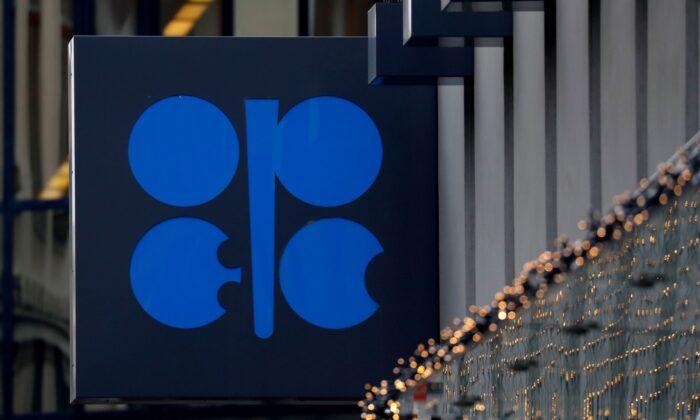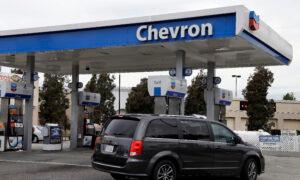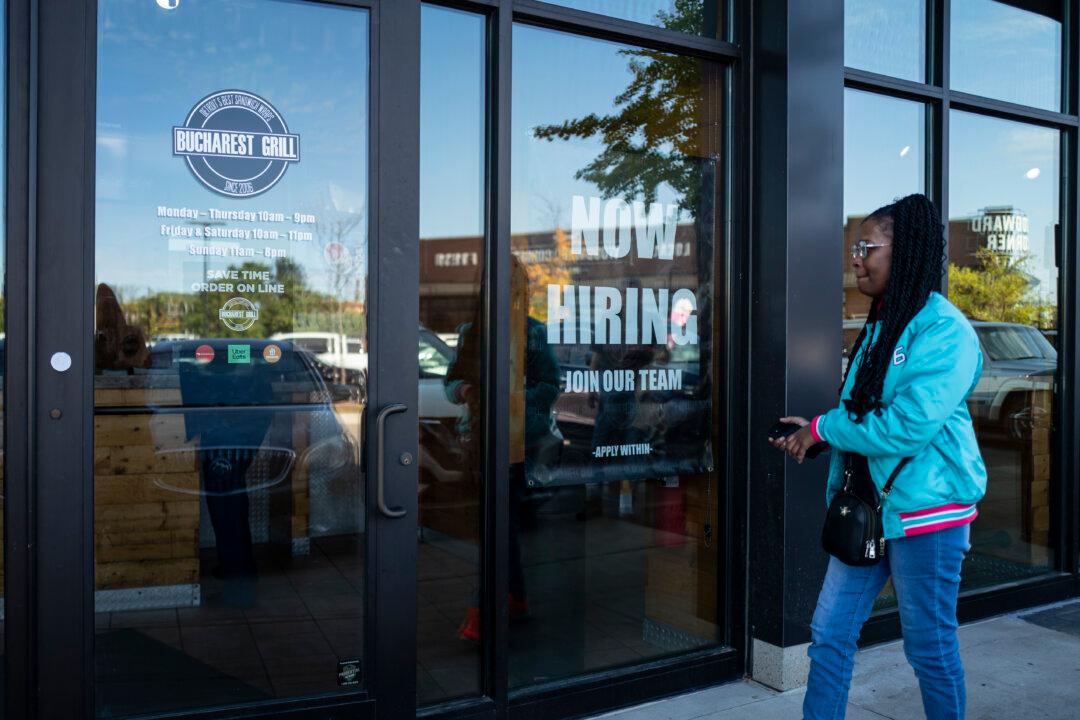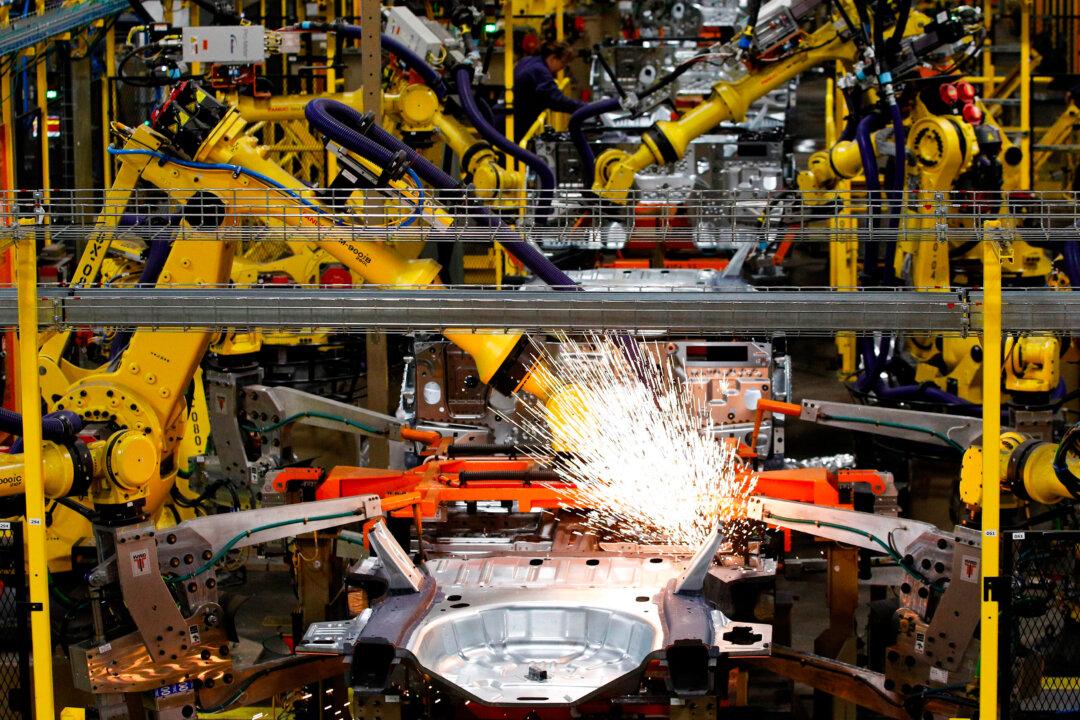U.S. crude oil prices fell by more than 1 percent on May 5, after eight major energy producers agreed over the weekend to accelerate production.
West Texas Intermediate (WTI), a U.S. benchmark for oil prices, tumbled by 1.5 percent to below $58 per barrel on the New York Mercantile Exchange. U.S. oil prices are down by 20 percent in 2025.
Brent, the international benchmark for oil prices, erased about 1.3 percent to slide below $61 per barrel on London’s ICE Futures exchange. Year to date, Brent prices have slumped by more than 19 percent.
The eight allies of OPEC, known as OPEC+, agreed on May 3 to bolster output by another 411,000 barrels per day (bpd), effective in June. This is higher than the market’s consensus forecast of 140,000 bpd.
In a statement following the virtual meeting, officials said “current healthy market fundamentals” facilitated the decision to adjust output levels.
“The gradual increases may be paused or reversed subject to evolving market conditions,” OPEC stated. “This flexibility will allow the group to continue to support oil market stability. The eight OPEC+ countries also noted that this measure will provide an opportunity for the participating countries to accelerate their compensation.”
In April, the eight OPEC+ members—Algeria, Iraq, Kazakhstan, Kuwait, Oman, Russia, Saudi Arabia, and the United Arab Emirates—announced that they would increase production levels by the same amount.
Industry observers viewed the decision as a way to punish certain members for overproducing, which sharply lowered oil prices.
“Remember that Saudi Arabia was doing the heavy lifting—cutting an additional [1 million bpd] at some point—to help the group achieve its goals, while Kazakhstan and Iraq were often accused of not complying fully with their promises,” Ipek Ozkardeskaya, senior analyst at Swissquote Bank, said in a note emailed to The Epoch Times.
The group is managing production on a month-by-month basis, choosing July output levels at the June 1 meeting.
It is unclear how far the institution is willing to go, particularly as Saudi Arabia needs approximately $90 per barrel to balance the budget, according to Warren Patterson, head of commodities strategy at ING.
“The key to knowing how far the Saudis will take what is starting to look like a price war is the nation’s tolerance for low oil prices over time,” Patterson said in a May 3 note.
“Saudi Arabia will be able to lower its fiscal breakeven level by pumping more. Obviously, this also depends on how much lower prices trade amid increased supply.”
Riyadh will need to either cut spending or borrow from the capital markets to manage the increasing gap between fiscal breakeven and lower oil prices, he noted.
However, according to Anas Alhajji, energy economist at Energy Outlook Advisors, the situation could be “less bearish than perceived.”
Another challenge for global energy markets could be slowing Chinese demand.
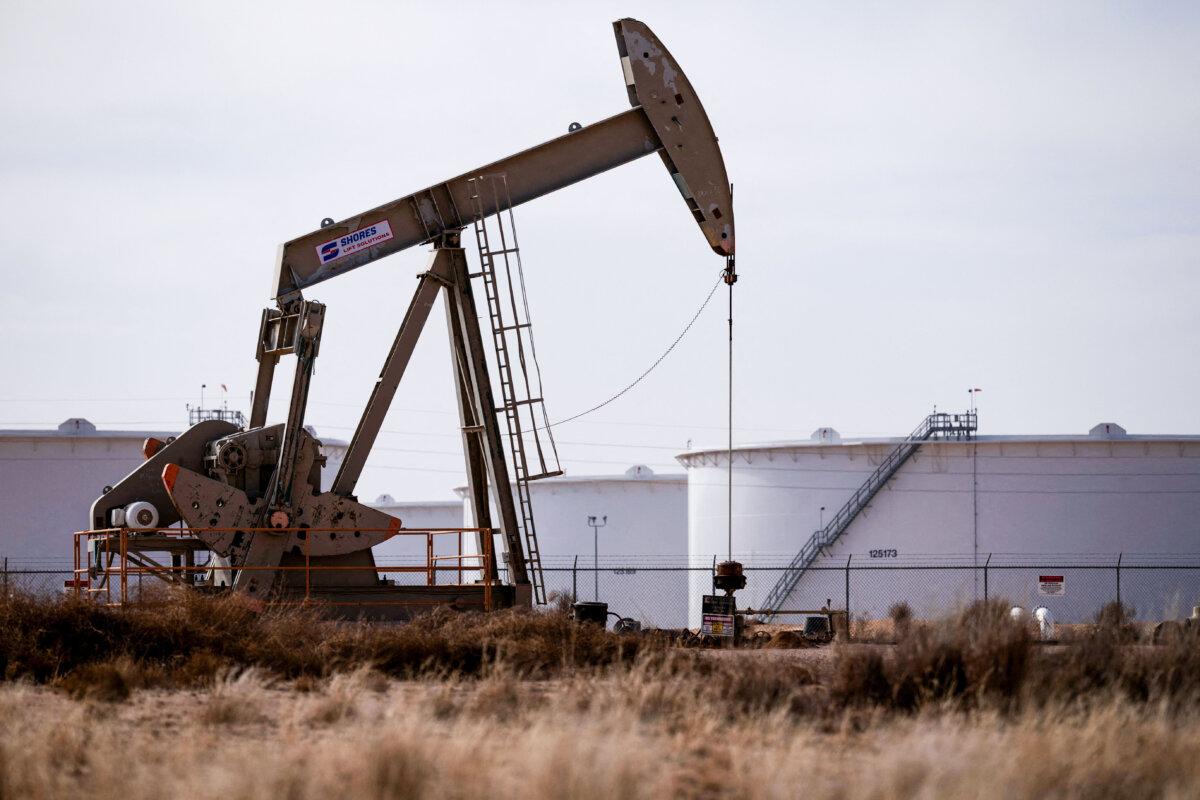
U.S. President Donald Trump’s aggressive tariff strategy is beginning to affect the world’s largest petroleum importer, as factory activity has tanked.
The latest developments have prompted downward adjustments to price forecasts.
The Effects on Gasoline
A continued trend of lower prices would provide further relief on the inflation front, particularly for motorists.The steady slide has eased the annual headline inflation rate in the latest consumer price index report.
However, despite the enormous decline in oil prices, which account for about half the price that drivers pay at the pump, gasoline has not followed the same accelerated downfall. Gas is up by 2 cents from a week ago at the retail level.
Even at wholesale, gas is down by only 0.5 percent in 2025, trading at about $2 per gallon.
“Summer travel season is almost here, and it’s been mostly good news for US drivers: The national average price of gas has fallen for the last two weeks, now standing at $3.15 per gallon,” the organization said in late April. “While the news is still positive, rumors of $1.98 gas in some states this week appear to be overly optimistic.
“According to GasBuddy data from over 150,000 fuel locations nationwide, no station has offered a price under $2 per gallon yet this year.”
